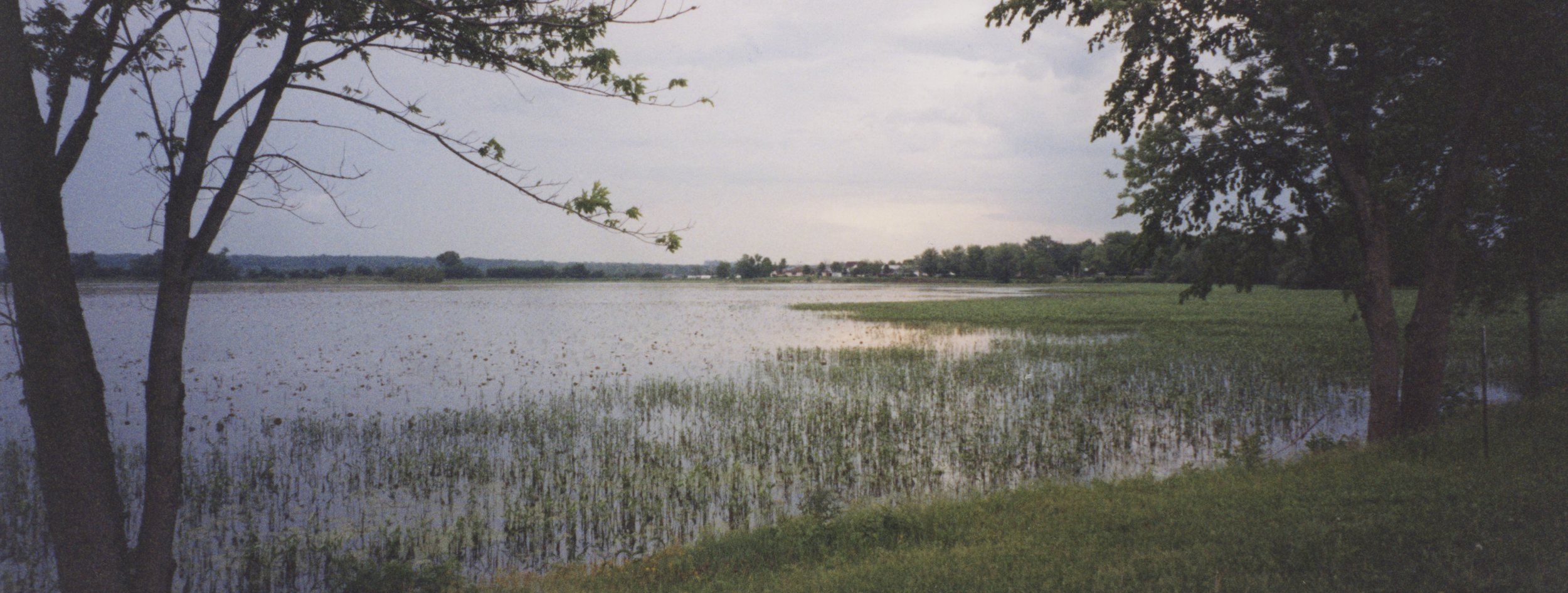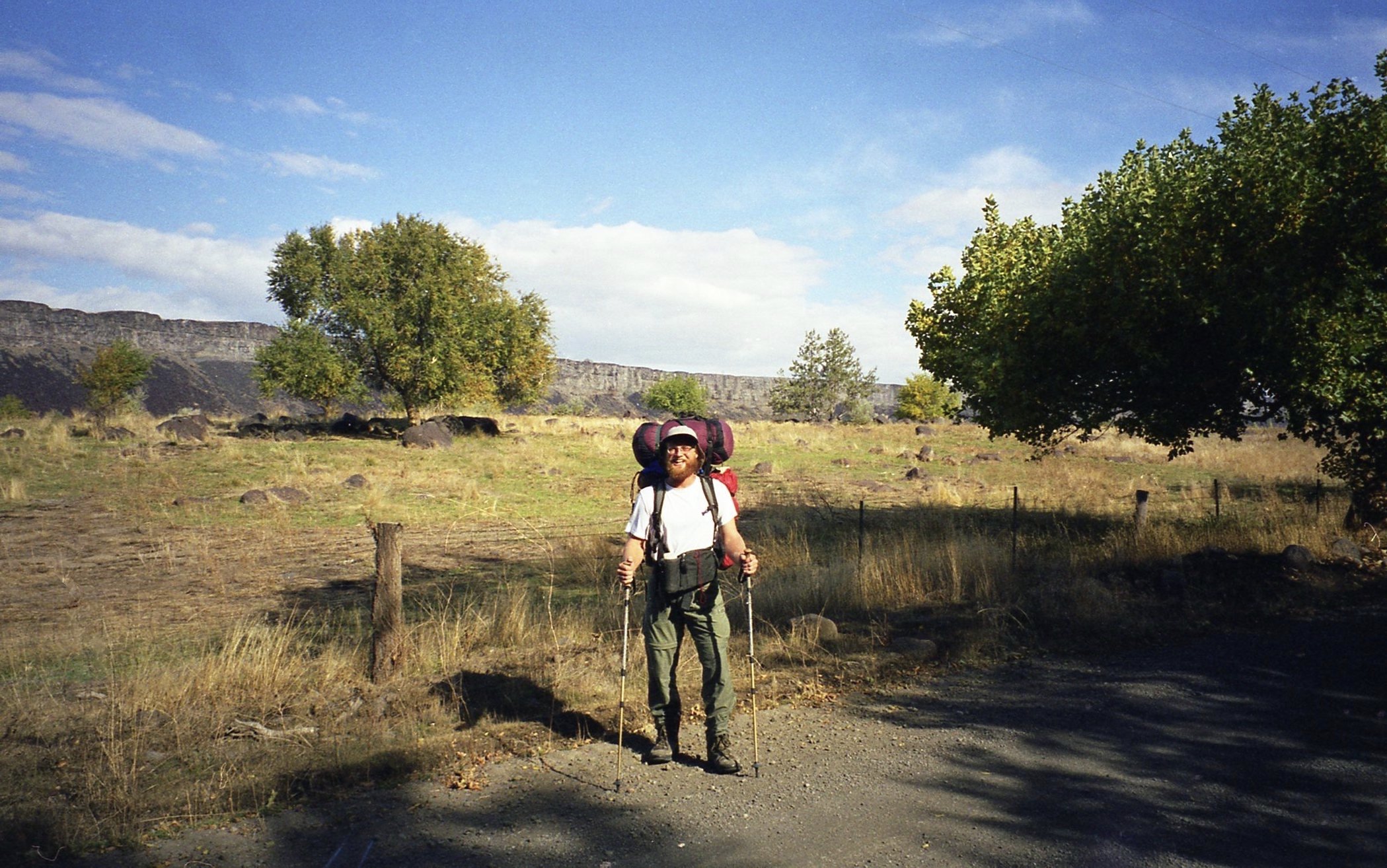
The Insightful Path: a part of the ‘syllabus of life’
-
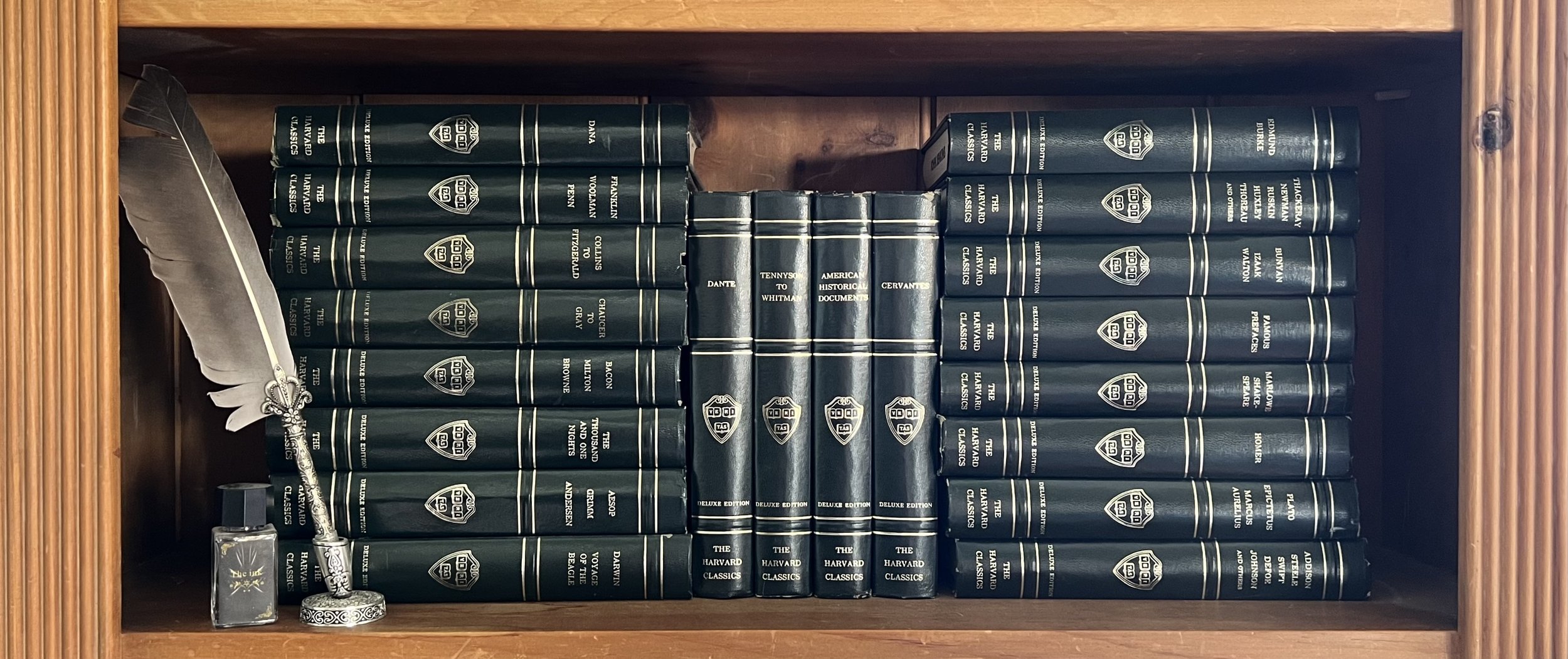
The syllabus of life
The Insightful Path was born out of the experiences that shaped my own syllabus of life. It started with a simple, radical lesson from my Dad: true education isn’t confined to the walls of an elite institution—it’s about what you do with what you learn. As a boy, I took this to heart, wandering through deserts, forests, and mountains, immersed in the raw beauty of the world. But beauty alone wasn’t enough. I needed to engage with the messier, harder edges of human life—working in palliative care, in alternatives to violence programs, and in leadership development. These experiences weren’t just activities; they were lessons in empathy, resilience, and self-awareness. Over time, I realized that this syllabus of life wasn’t just about accumulating knowledge—it was a training program to help me become my best self. And it’s this philosophy, of continuous growth through meaningful experience, that I’ve brought into the core of the Insightful Path. The goal isn’t just to lead; it’s to become a better, more thoughtful, more effective version of yourself in the process.
-

A path with heart
My discovery of a path with heart was the second step in the Insightful Path. A path with heart isn’t a straight line—it’s about discovering what truly matters. Raised by two teachers in an agnostic household, I was encouraged to learn and explore any subject that interested me. But as I grew older, I realized knowledge alone wasn’t enough. I wanted to understand the why—not just the what. University seemed like the natural next step, but when I arrived, I found it didn’t hold the wisdom I was seeking. So I dropped out, thinking it was just the wrong place, but the emptiness remained. I turned to the religious founders and mystics, who retreated to the wilderness—not to escape, but to connect with their Creator, to strip away the distractions of society and find clarity. I realized I needed the same: space to tune out the pressures telling me to get a job, a house, a family, and instead, hear my own inner voice.
On one of my hikes in the Sonoran desert, I met a hermit and shared my plan for a long walk across the country to find meaning. He listened, then shared with me a piece of wisdom from a Scottish mountaineer, W.H. Murray, that I needed to be fully committed to this path for providence to help me. And, with a smile, he also said that I needed to free myself first. So, I went home, finished my degree, and shed everything I owned. Then, I set out on my walk—not just to see the world, but to find myself. That was my path with heart: a journey of commitment, freedom, and the courage to let providence guide me.
-
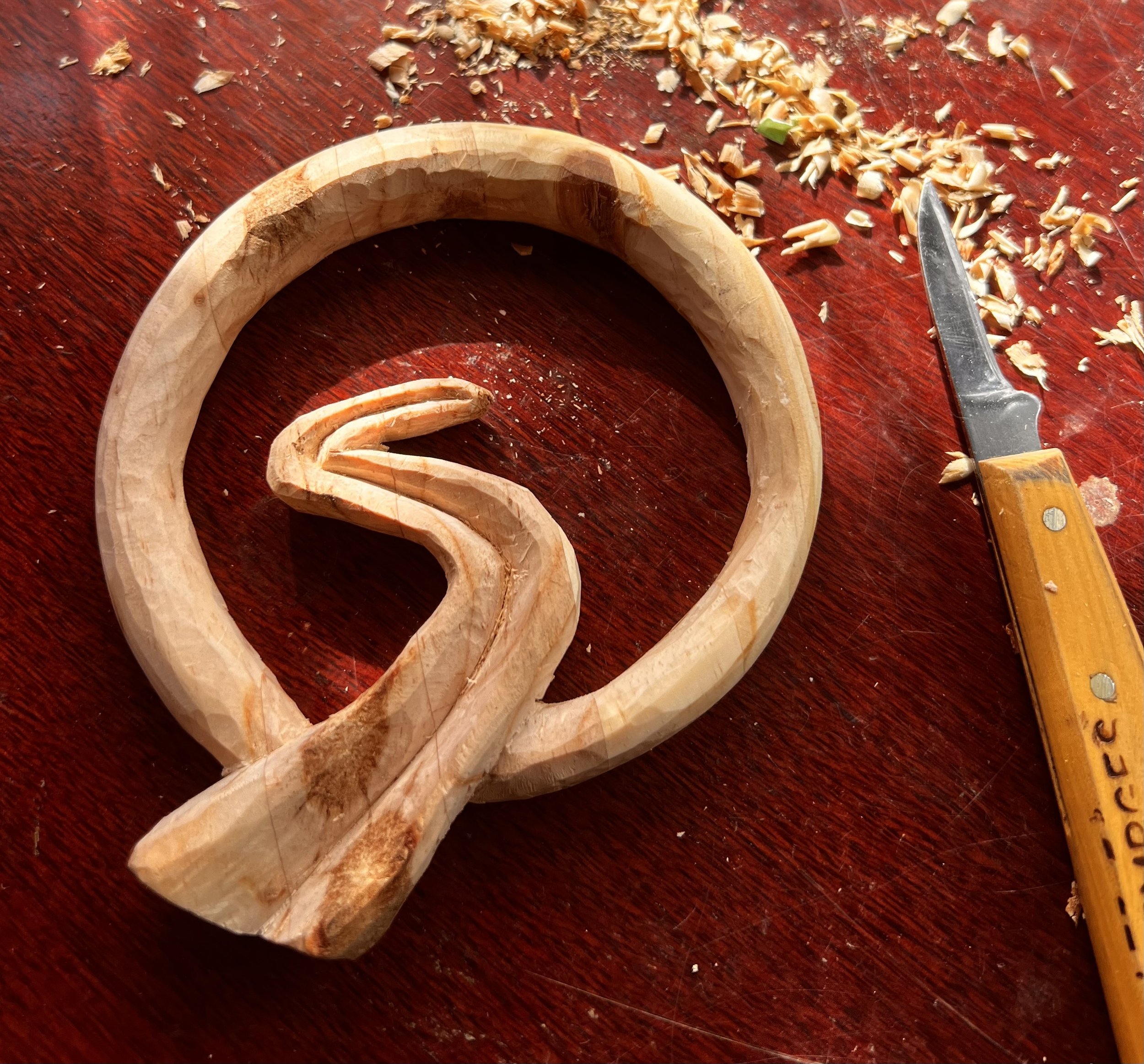
The Insightful Path
When I was a boy, one of my childhood heroes was Albert Schweitzer, who realized that any gifts he was given weren’t for him, but for the world through him. It’s a simple yet profound idea that’s stuck with me over the years. And as I’ve worked in leadership development, I’ve often found myself asking: if we have the ability to solve some of the world’s biggest challenges, why aren’t we doing it? The answer, I’ve learned, isn’t usually a lack of resources or capability. More often, it’s egos and fractured collaboration that get in the way. People are held back from being their best selves, and that’s where progress stalls. That’s where I see Insightful Path stepping in. The goal is to help leaders—at all levels—unlock their full potential. By fostering more effective collaboration and tapping into the insights already within, we can help people break past the barriers that hold them back. I believe that by helping my clients grow toward their best selves, they’ll not only make a bigger impact in their own lives but also be better equipped to create meaningful change in the world around them.
-
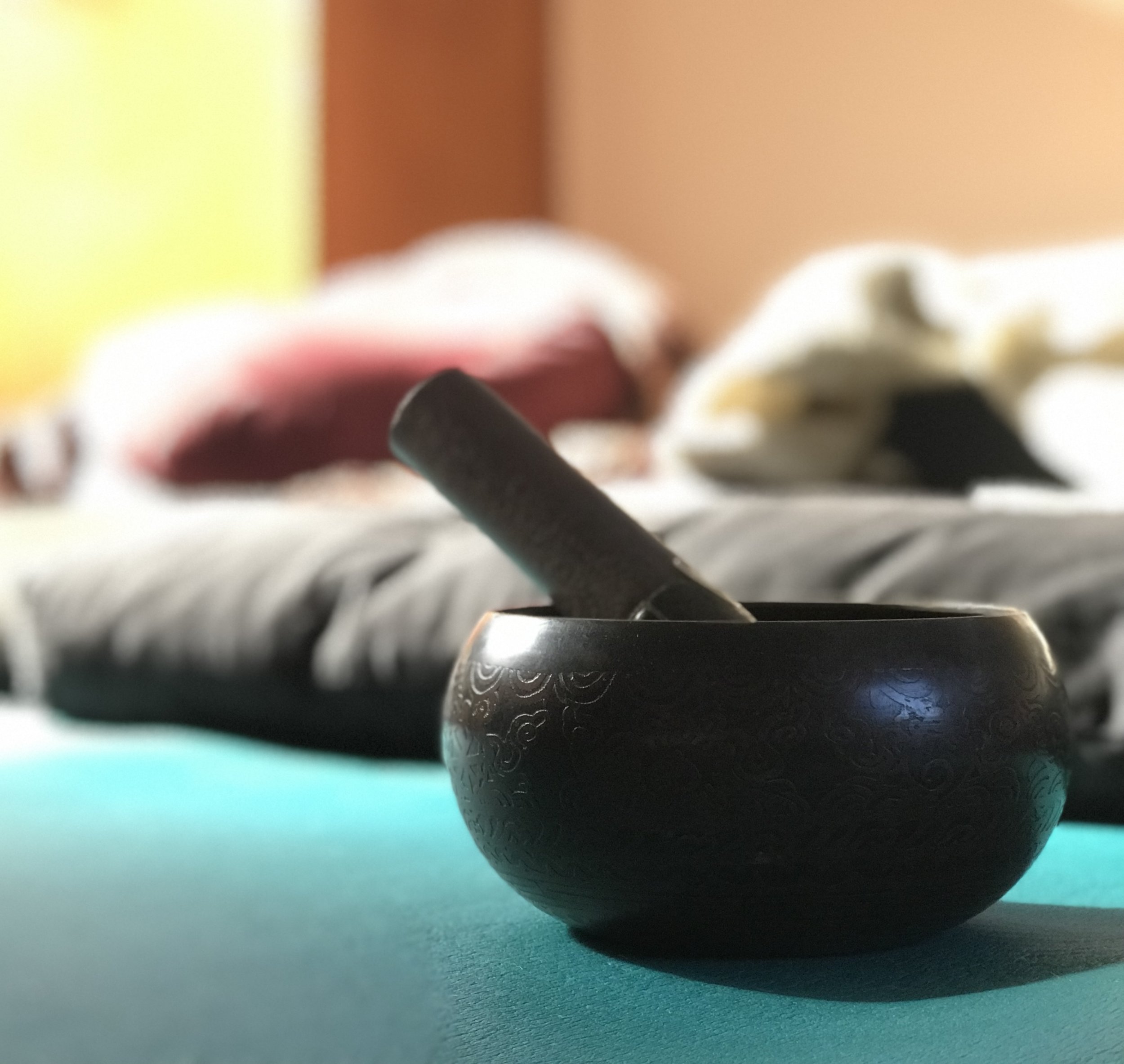
Mindfulness
Mindfulness is at the heart of the Insightful Path because it’s the foundation for all of the clarity, effectiveness, and growth I aim to foster in leaders. In my experience, mindfulness gives leaders the ability to respond thoughtfully, rather than react impulsively, and discern clearly, rather than judge hastily. It’s a practice of presence, where every moment is an opportunity to be more aware, more grounded, and more aligned with one’s best self. As an MBSR-trained teacher with a number of 10-day silent retreats under my belt, mindfulness isn’t just a theory—it’s a daily practice that has shaped how I approach leadership and life. I’ve had the privilege of teaching mindfulness to public servants at all levels, and I’ve seen firsthand how it helps people lead with greater focus, resilience, and compassion. Mindfulness isn’t just about slowing down; it’s about creating the space to act with intention, clarity, and a deeper understanding of oneself and others. That’s how it becomes an essential tool for effective leadership.
